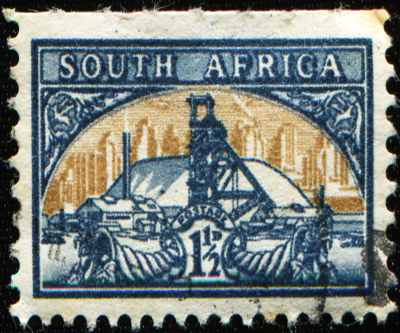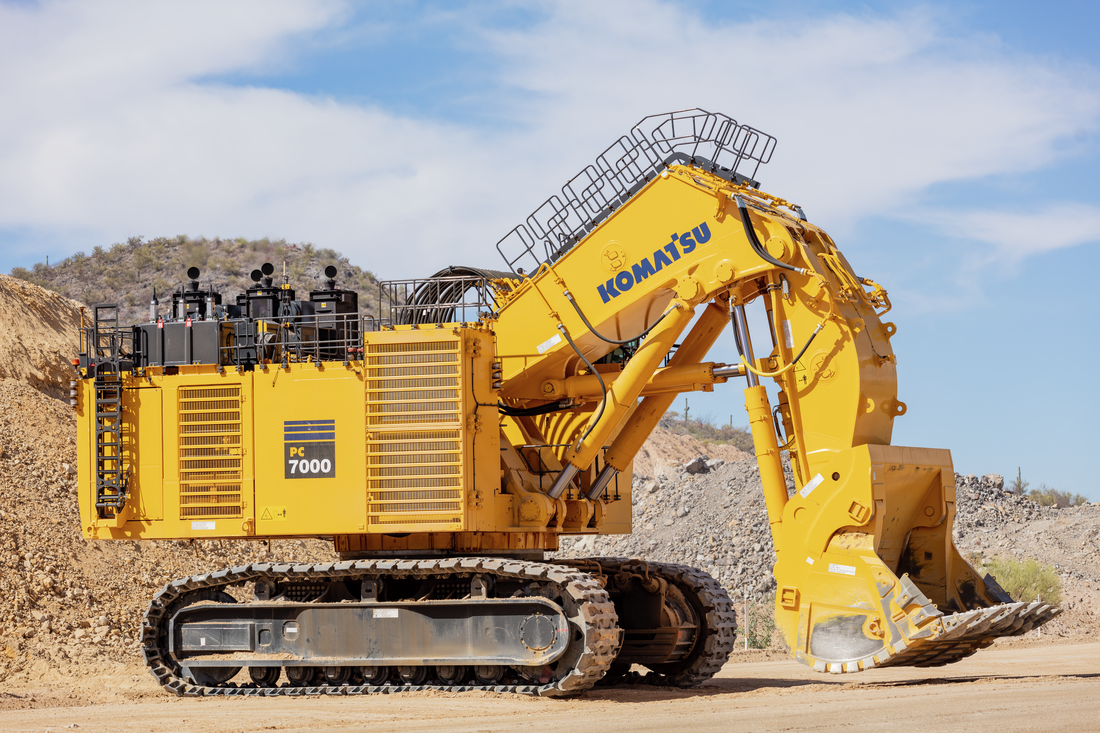STUDY: After lost decade South Africa mining to continue to lag

International research house Business Monitor’s latest study on South Africa’s mining sector makes for grim reading.
The London-based analysts predict that the past decade of stagnation in South Africa’s mining sector is set to continue.
The African nation has in the past relied heavily on its gold miners. The country was for almost a hundred years until 2007 the world’s number one producer of gold, but more recently South Africa’s fortunes have been increasingly tied to platinum.
South Africa is responsible for almost three-quarters of world mine supply of platinum, but precious metals mining in the country faces diminishing margins thanks to soaring costs and declining prices and labour unrest.
Platinum is down almost 12% this year while gold has slumped 20% in 2013 and a fall in the value of the rand, has not been enough offset these declines.
Longer term, potential for growth in iron ore – South Africa recently overtook India to become the third largest supplier of the steelmaking raw material, but still lag way behind Brazil and Australia – and coal constitute better prospects.
Business Monitor expects South Africa’s mining sector value to grow by an annual average rate of only 0.5% over the next few years – from $32.4bn in 2013 to $33.1bn in 2017:
“South Africa’s share of global output is set to continue its decline as other major mining countries see faster rates of growth, most notably China and Australia,” according to the analysts.
Investment, particularly in gold, will be increasingly attracted to low-cost, high resource opportunities in the rest of the continent such as Democratic Republic of Congo and Ghana.
“South Africa’s mining sector is amenable to investment, with few obstacles confronting foreign companies wishing to enter. The government is generally stable and its business environment is one of the best on the continent. However recent developments in the country’s mining regulatory environment have led to increased uncertainty among investors, as strategies for the government to take a greater share of mineral resource profits remain unclear.
“Furthermore, Business Monitor believes that industrial unrest will continue to prove a challenge. The precedent set by Lonmin offering a 22% pay rise for workers in the wake of the Marikana strike, has given a benchmark for future pay negotiations. Rising cash costs and diminishing margins will mean that mining companies are increasingly unable to meet these demands, resulting in further labour unrest and strikes.
“This situation is exacerbated by competition between the two major unions, the NUM and AMCU, who will try to outbid one another in demands for wage increases. Given that mining sector margins in South Africa are already among the lowest in the world and wages account for around 50-60% of mining companies’ costs, this will likely make South Africa a less attractive investment destination,” according to Business Monitor.
{{ commodity.name }}
{{ post.title }}
{{ post.date }}

Comments